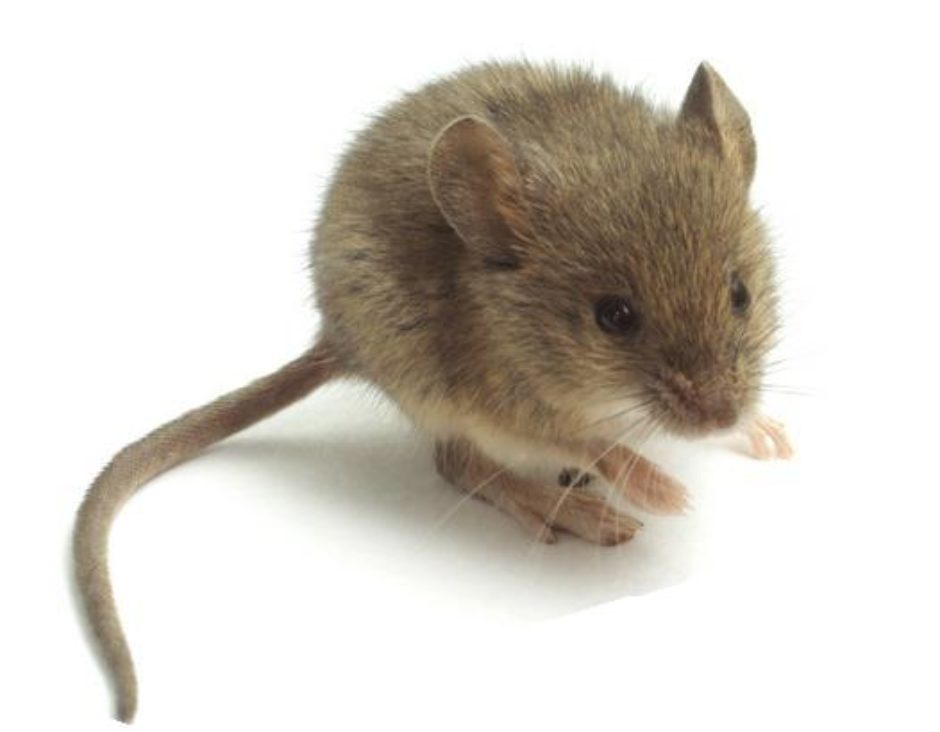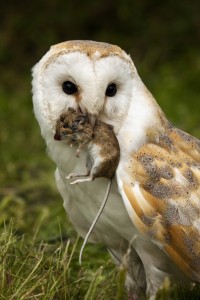Our friends the barn owls, are great predators, and much more of a mouser than most cats. They are flying mousers on high alert, looking from above with uncanny knowledge of where mice live, and travel. The best mouser for your area are a group of Barn Owls, as they can down up to 10 in a single day!
Barn Owls are Nest Queens
One of the most amazing mousers, are Barn Owls. Because of their high metabolism, and their great eyesight, they hold the advantage over rodents, who are often very bad at seeing this kind of enemy in there sight. Mice are very blind, and can be often only careful scent benefactors, and cannot detect the quiet but sleuth y barn owl. Mice have excellent hearing, smell from a mile away, but their poor vision creates a positive edge for the barn owl.
Barn owls, like barred owls, great horned owls, and other sight driven owls, are quiet, and prey on rodent populations from the air. The distance of 1/4 mile or more can be easy for these birds, as they can safely watch and prey on rodents from tall trees and wires, all the while without any sign of their presence.
If you are looking to add some owls to your land, you would be very wise to add a nesting box. The mother barn owl will have as many as three different nesting times in a year. Little barn owls are called owlets, and there usually are two or three or as much as five can survive, given the circumstances and the surroundings.
If you have an active rodent population, owls will selectively choose to mate, as the food sources are plentiful and common. A series of events have to occur for active nest boxes to be either vacant or occupied:
- Trees or Nest Boxes need to be present
- Rodents are plentiful
- Fish, bugs and other vermin like snakes are abundant
- Wet areas to keep the trees and grass growing, to allow food for the vermin
- Temperate areas are better than extremes of heat or cold
- Noise is not an issue, either man made or natural
- Wild areas are not touched by humans often
Barn Owls are Big Birds
Often weighing more than a crow, barn owls are around 18 inches long, and weigh about the same as a crow, around 20 ounces. Their eyes, a dark and beautiful brown, are roughly 4% of this weight, and are as large as any of the larger grey owls or snowy owls. They are often on the nest, waiting for the day the owlets emerge. The length of time is around 30 days, and during this time the female works to keep the eggs warm, and then to keep the newly hatched owlets fed and warm. The male will help the female with bringing food, and keeping other predators from the nest.
The appetite of the barn owl can range from any rodent it comes across, to snakes, slugs, frogs, small fish, and even some ground birds or human garbage. The habitat of owls has become even more dire, with logging and many trees dying to various new disease. It is estimated that over 65% of the owls in population from the middle of the 1950’s have reduced to small protected forests and woods. The large forests in Canada and the Upper Midwest and Western Parts of the United States have been the best locations for spotting these owls. Despite their name, they are much happier in a quiet and natural setting, but have been known to frequent graveyards, or old abandoned buildings in a pinch.
Building a Home for Barn Owls
If you are looking for a great fun family project, and have some areas where rodents have become a real nuisance, there is no better way, than to add a barn owl nest box. The many owls of North America will in turn provide you with natural predation, adequate protection from many forms of vermin, and a natural appreciation of the beauty of these owls. Build a nest box for your Barn Owls in your area, and place a web cam inside to watch the growing owlets!

